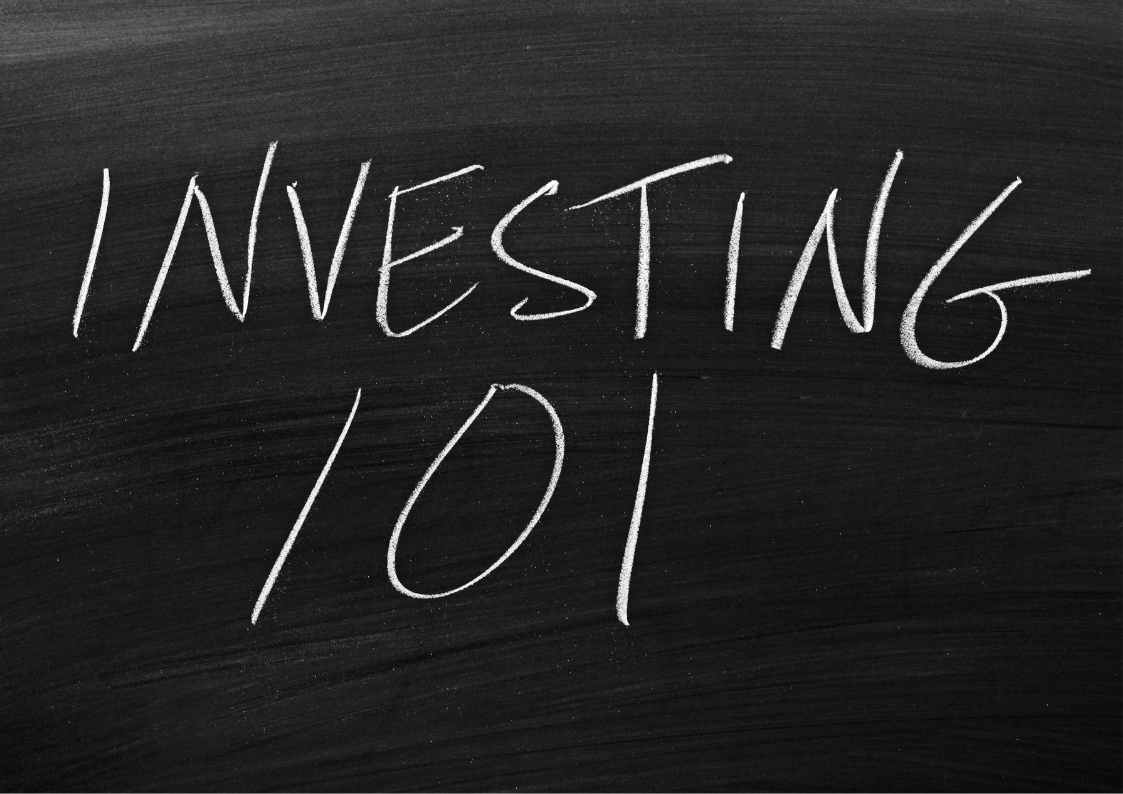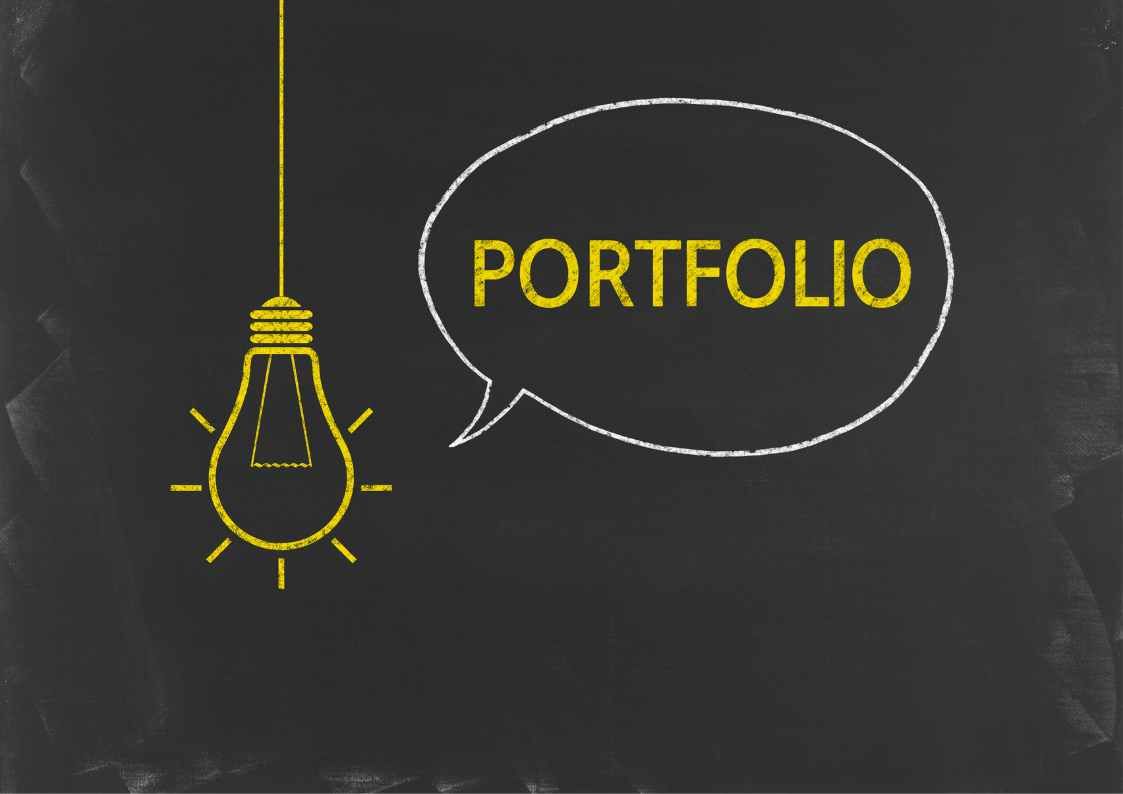Tuesday Dec 19 2023 06:15

9 min

Understanding the basics of building a personalized investment portfolio is crucial for individual investors, especially when aligning with financial goals. To accumulate wealth over time, it's important to utilize compounding returns by making effective use of your finances.
Beginning on your investment journey and choosing appropriate investment vehicles can appear challenging. The article serves as a beginner's guide, explaining key investment concepts to assist in forming a balanced portfolio.
It will acquaint you with essential concepts such as risk management, the significance of diversification, and choosing high-quality investments for dependable returns.
Implementing the right strategy enables the creation of a portfolio that meets your financial goals and aligns with your risk tolerance. Maintaining discipline and a consistent approach in your long-term investment strategy is crucial for success.

A portfolio refers to a collection of investments held by an individual or institutional investor. The investments in a portfolio could include stocks, bonds, mutual funds, exchange-traded funds (ETFs), real estate, precious metals, cryptocurrencies, and other assets.
The purpose of a portfolio is to match investments to your financial goals and risk tolerance. A well-diversified portfolio contains a mix of uncorrelated assets to maximize returns and minimize risks. Some key things to consider when building your portfolio include:
By considering these factors and building a diversified portfolio, you can work towards your key financial goals in a prudent yet effective manner. The overall objective is achieving the highest potential return at a risk level you can tolerate. With regular monitoring and rebalancing, your portfolio can serve you well over the long run.
To build a balanced investment portfolio, you need to consider several factors:
A diversified portfolio contains a mix of investments across various sectors, industries, and risk levels. This helps reduce risk since you aren’t relying on the success of just one or two investments. A good rule of thumb is to include:
Your risk tolerance depends on your financial goals and timeline. If you’re investing for the long run, you can afford to take on more risk. If you need the money soon, focus on more stable investments. Balance higher-risk, higher-reward investments with lower-risk ones.
Review and rebalance your portfolio regularly, at least once a year. If some investments have increased significantly in value, sell a portion and reinvest the proceeds to maintain your target allocations. This helps ensure your portfolio stays aligned with your financial goals as market conditions change.
Keep fees low by choosing low-cost or no-load mutual funds and ETFs. Lower fees mean more of your money stays invested and working for you.
Following these guidelines will help you build a diversified, balanced portfolio aligned with your risk tolerance and financial goals. With regular monitoring and rebalancing, you can achieve solid long-term returns.

When building an investment portfolio, you must consider how to manage risks to your capital. Some key risks to keep in mind are:
By identifying and planning for these common risks, you can construct a balanced portfolio tailored to your financial situation and risk tolerance. Careful risk management helps ensure your investments achieve the best returns possible over the long run.
Building an investment portfolio is a crucial skill that takes time and patience to develop. While the basics of investing are relatively straightforward to understand, the nuances and complexities will reveal themselves over time and through experience.
The most important things to keep in mind are starting early, keeping fees low, diversifying your holdings, and reviewing and rebalancing regularly.
If you follow the guidelines outlined here and stay invested for the long haul, you'll put yourself in an excellent position to meet your financial goals and achieve solid returns over time.
The journey may not always be easy, but the rewards of financial independence and security make it well worth the effort. Stay disciplined, trust the process, and keep learning - your future self will thank you.
Learn and trade with market.com: the ultimate trading community.
‘‘When considering "CFDs" for trading and price predictions, remember that trading CFDs involves a significant degree of risk and could result in capital loss. Past performance is not indicative of any future results. This information is provided for informative purposes only and should not be construed to be investment advice.’’